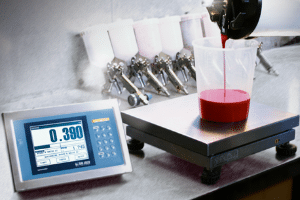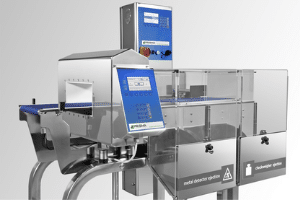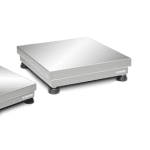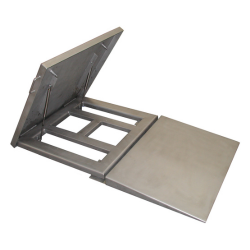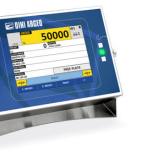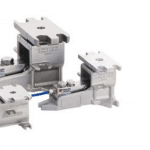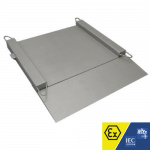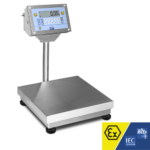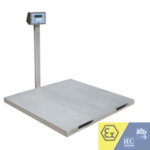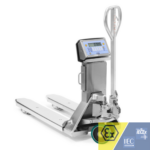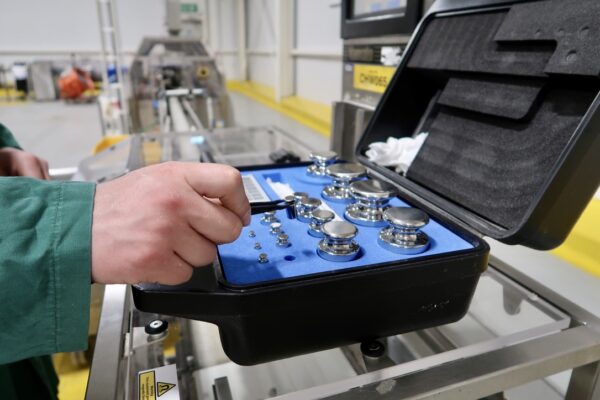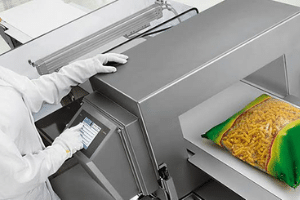Weights and Measures Act: The Fundamentals
The Weights and Measures Act is a law in the United Kingdom that sets out the units of measurement that can be used for trade within the country. This blog post will discuss the various aspects of the Act and how it affects businesses in the United Kingdom.
Weights and Measures Act: The Origin
The Weights and Measures Act began in the mid-1700s to ensure fair trading practices within the United Kingdom. Since then, it has been updated several times in order to keep up with changing technologies and international standards.
The main components of this Act include the use of metric measurements, setting out a system for standard weights, and providing specific rules regarding how commodities are weighed and measured.
The Weights and Measures Act also refers to similar royal and parliamentary acts of the Kingdoms of England and Scotland and the mediaeval Welsh states. The earliest of these laws were originally untitled, but over time they were given designated titles based on the monarch during whose rule they were put into effect. Several modern laws are entitled the Weights and Measures Act, and they are distinguished by the year of their enactment.
The British Imperial System
The British Imperial System originated from the Weights and Measures Act of 1824 as well as the act of 1878. These both consisted of precise definitions for select units that already existed. The units of volume, weight, and length were all standardised in accordance with the Imperial System. This system is still used today in some parts of the UK although it is slowly being replaced with metric measurements.
The Sub-Parts of the Act
The Weights and Measures Act 1985 forms the basis of the UK system for weighing and measuring goods. It is divided into seven parts, as follows.
1. The Metric System
The metric system is the main unit of measurement that is used for trade in the United Kingdom. The Weights and Measures Act of 1897 allowed metric units to be used in conjunction with imperial units for commerce. The most commonly used units include metres, grams, litres, and kilometres.
All products sold within the UK must adhere to these measurements or risk facing legal action. This ensures that all goods are accurately measured and sold in their intended quantity.
In order to sell packaged or loose goods in England, Scotland, or Wales, you must use metric measurements (grams, kilograms, millilitres or litres). The rules are different in Northern Ireland.
The only products you can sell by imperial measures are draught beer or cider (by pint), milk in returnable containers (by pint), and precious metals (by troy ounce). The imperial measurement can be shown next to the metric measurement, but it cannot be more pronounced than the metric measurement.
2. Weighing and Measuring for Trade
This section lists the legal units of measurement, weights and measures that can be used for trade. Any person who uses a linear, square, cubic or capacity measure for trade that is not included in Schedule 3 to this Act commits an offence.
Offences committed in association with stamping equipment, as well as offences related to false or unjust equipment or fraud are also defined.
3. Public Weighing or Measuring Equipment
In order to maintain and operate public equipment, one must first obtain a certificate from a verified chief inspector. This ensures that the individual has sufficient knowledge for said responsibilities. This section of the Act includes the offence of failing to provide public equipment, as well as crimes committed in connection with such equipment.
4. Regulation of Transactions in Goods
This document provides instructions for transactions related to pre-packaged goods or those sold in quantities, as well as via vending machines. The Secretary of State has the power to create rules and regulations surrounding containers, including the amount of goods that can be stored in them and how those units of measurement must be displayed on the outside of the container.
The law provides for offences related to the sale of specific goods (including misrepresentation and short weight) and requires that quantities be stated in writing in some cases. The authority of inspectors to check certain goods and documents, including those transported by car are also mentioned here.
5. Packaged Goods
The Weights and Measures (Packaged Goods) Regulations 2006 (SI 2006/659) and the National Metrological Co-ordinating Unit (Transfer of Functions and Abolition) Order 1987 (SI 1987/2187), among other things, have resulted in the repeal of most this section.
6. Administration
This section defines local weights and measures authorities and requires them to make annual reports to the Secretary of State. The Secretary may, from time to time, order an inspection of local arrangements.
7. General
This final section contains information about enforcement and legal proceedings, including investigatory powers available to a local weights and measures authority, offences committed by corporations, and the prosecution of offences.
The Act and its Importance
The Weights and Measures Act is an important piece of legislation because it helps protect consumers through ensuring that they know what they are buying when they purchase items.
The law also ensures that businesses are not misleading customers by selling them products with different measurements than what was advertised. This Act also ensures that a fair trading environment is maintained and that businesses cannot take advantage of customers by misrepresenting the quantity or quality of their goods.
Finally, the legislation provides for official enforcement and appropriate punishments for any breaches of the Act. The Weights and Measures Act is an essential piece of legislation that helps to ensure accuracy in transactions involving the sale or purchase of goods.
Overall, the Weights and Measures Act is an important law in the United Kingdom that regulates commercial transactions to ensure fair trading practices in the country. It helps to protect consumers by providing them with accurate and reliable information about the products they are purchasing. Furthermore, it also ensures that businesses cannot take advantage of customers through misrepresentation or fraud.
Credits: Weights and Measures Act 1985
